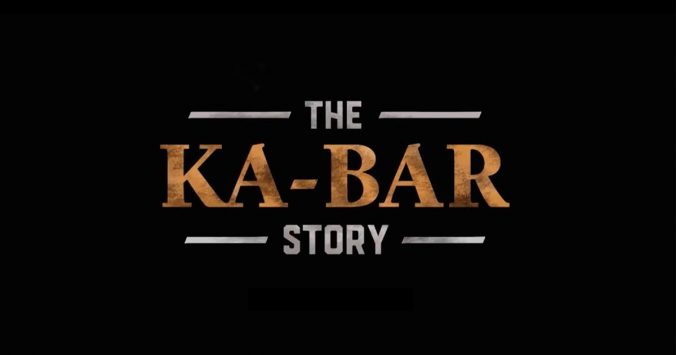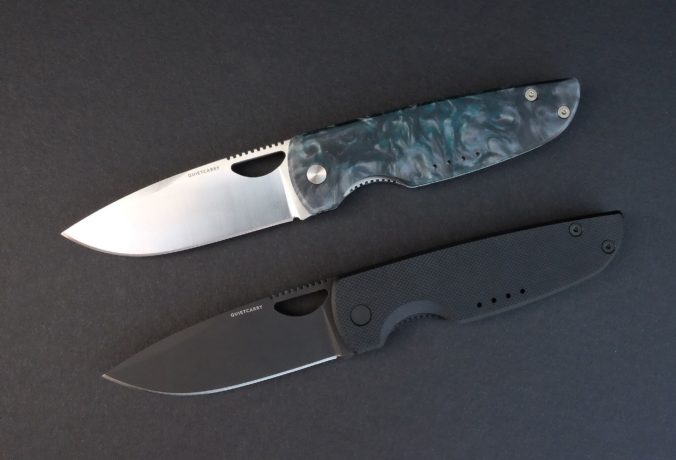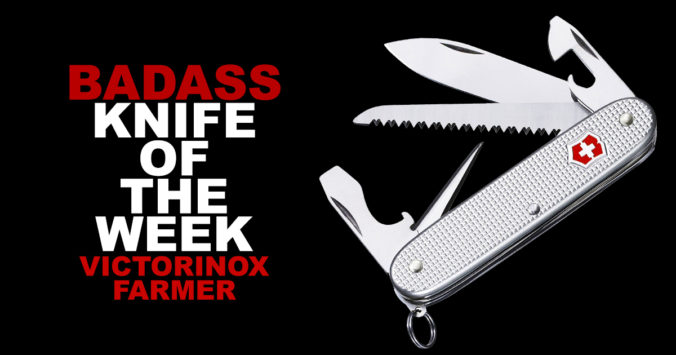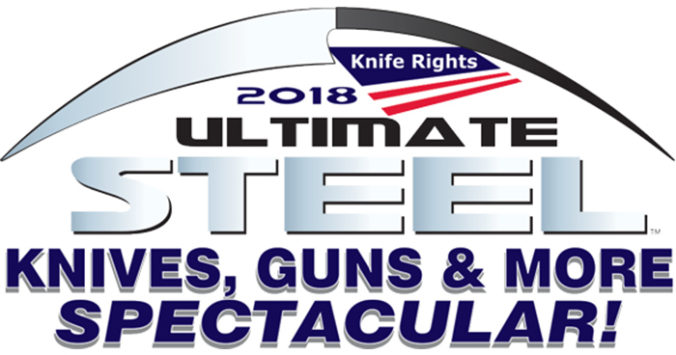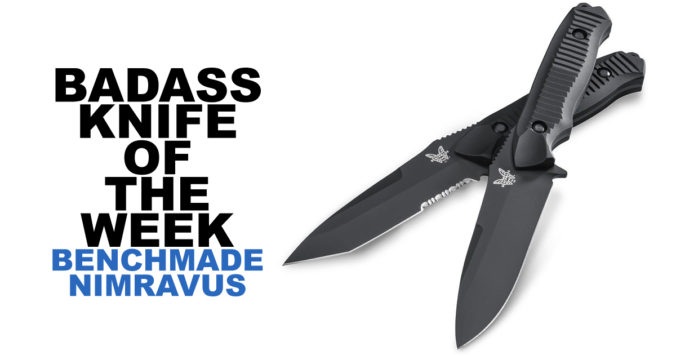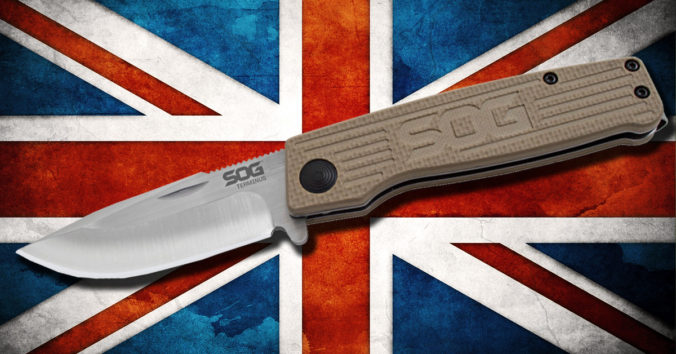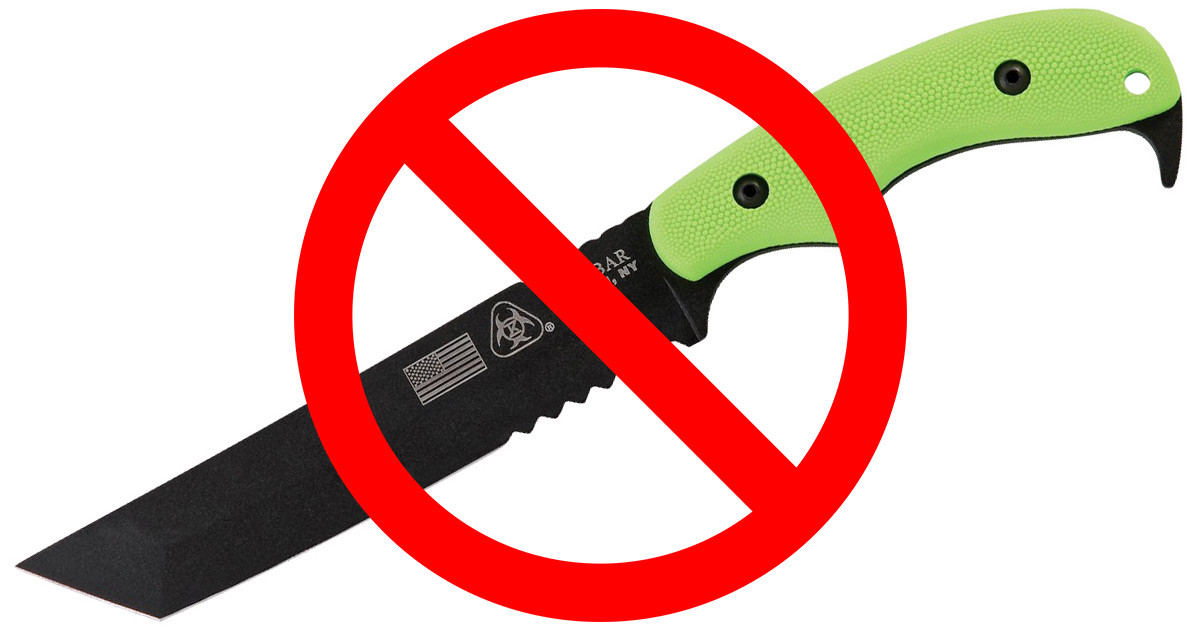KA-BAR the company is celebrating its 120th anniversary on April 29th. In honor of its amazing longevity, KA-BAR dove deep into the history of the brand — from inception in the late 1800s all the way to today.
This deep dive culminated in a four-part documentary series released over the past few weeks on the KA-BAR YouTube channel.
These four videos are exceptionally well-made and track the company through the decades as it responds to major events in U.S. history. KA-BAR got some actors to play historical figures in the company that really help you visualize the company.
I wrote my own brief history of the KA-BAR brand and a closer look into what makes the company so great a few years back. But even I learned a few new things about the brand from the video. For example, I’m glad the company didn’t keep the name Tidioute Cutlery.
I would have liked this documentary better had it been released as one video (since you get a minute intro at the beginning and about four minutes of credits at the end of each video).
